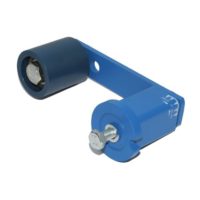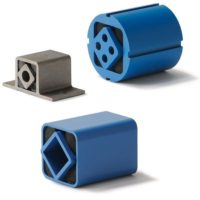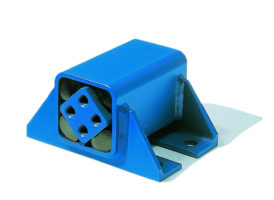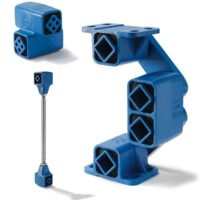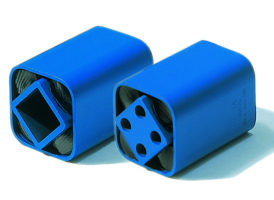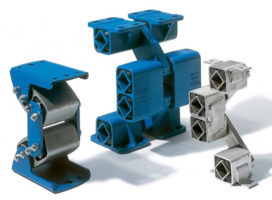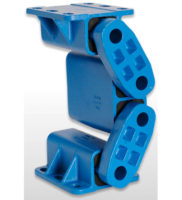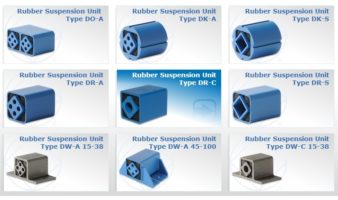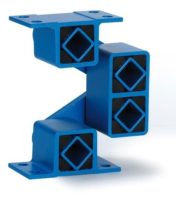
2.6
Oscillating Mountings
Introduction
Free oscillating systems are either activated in using exciters,
unbalanced motors or unbalanced shafts.
The oscillation amplitude, type of vibration and the direction
of vibration of the screen are determined by the dimension-
ing and arrangement of these actuators. The excitation
force, the angle of inclination of the excitation, the inclina-
tion of the screen-box and the position of the center of
gravity determine the resulting oscillation amplitude of the
device. The oscillation amplitude, and thereby the conveying
speed of the machine, can be optimized by augmenting
these.
ROSTA spring suspensions support the desired oscillation
movement of the screen machine. Through their shape and
function, they help to achieve a purely linear conveyor mo-
tion without unwanted lateral tumbling.
Circular motion screens
Technology of free oscillating systems
with unbalanced excitation
These ideal spring suspensions harmonically support the run-
ning of the vibrating screen. Because of their high spring
deflection capacity, they offer a good detuning of the excita-
tion frequency with a very low natural frequency, which
guarantees a high isolation effect with regard to the ma-
chine substructure. The ROSTA mounts effectively dissipate
the large residual force peaks at start-up and shut-down,
when passing through the natural frequency of the suspen-
sion.
Circular motion screens or circular vibrators are normally
excited by unbalanced weights that create a circular
rotating oscillation of the screening frame. Relatively low ac-
celerations of the screened material are achieved with this
form of excitement. Circular vibrators thereby normally work
with a screening frame inclination of 15° to 30°, so that an
adequate material throughput is ensured.
It is recommended to mount circular vibratory screens of this kind on ROSTA type AB or AB-HD oscillating mountings. Experi-
ence has shown that the positioning of the AB suspensions under circular vibrators should be a mirror-inverted of each other,
which, with the above-mentioned frame inclination, will counteract the tendency of the shifting of the center of gravity. If the
suspension of the screening frame requires two supporting suspensions per brace support for reasons of capacity, these
should also be preferably arranged in mirror-inverted manner for the above-mentioned reason.



